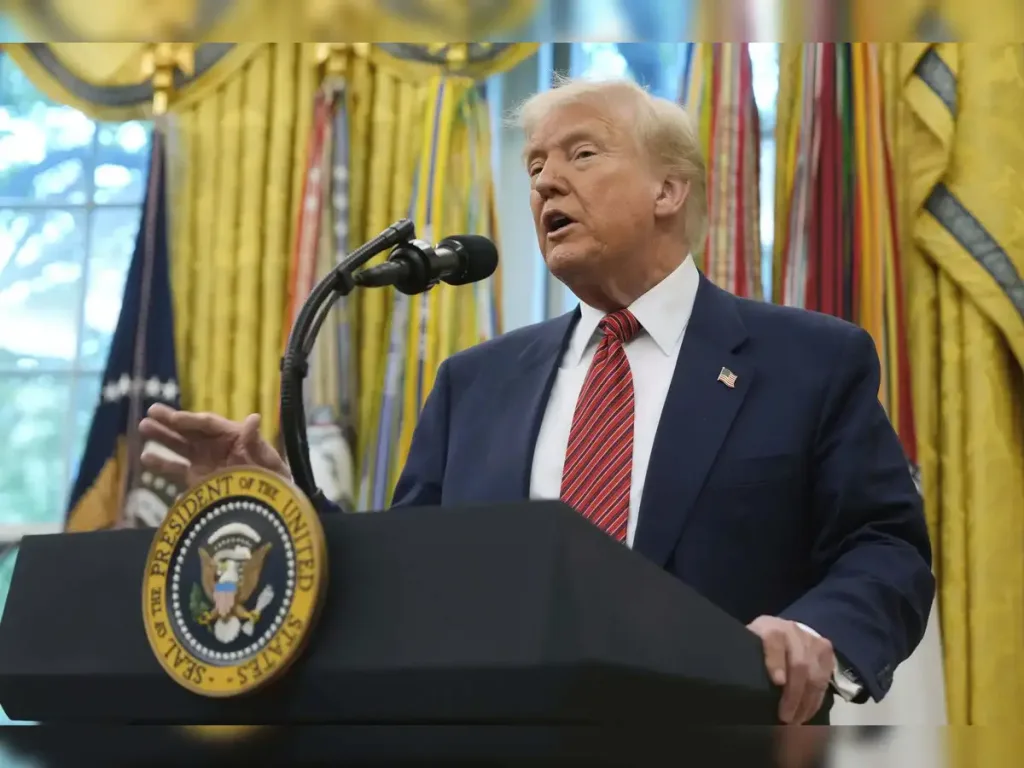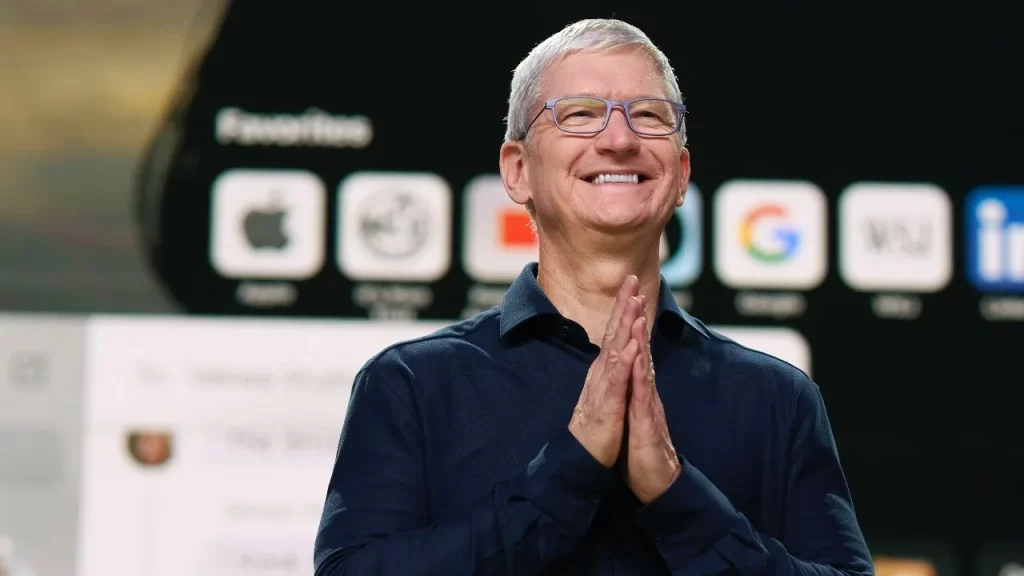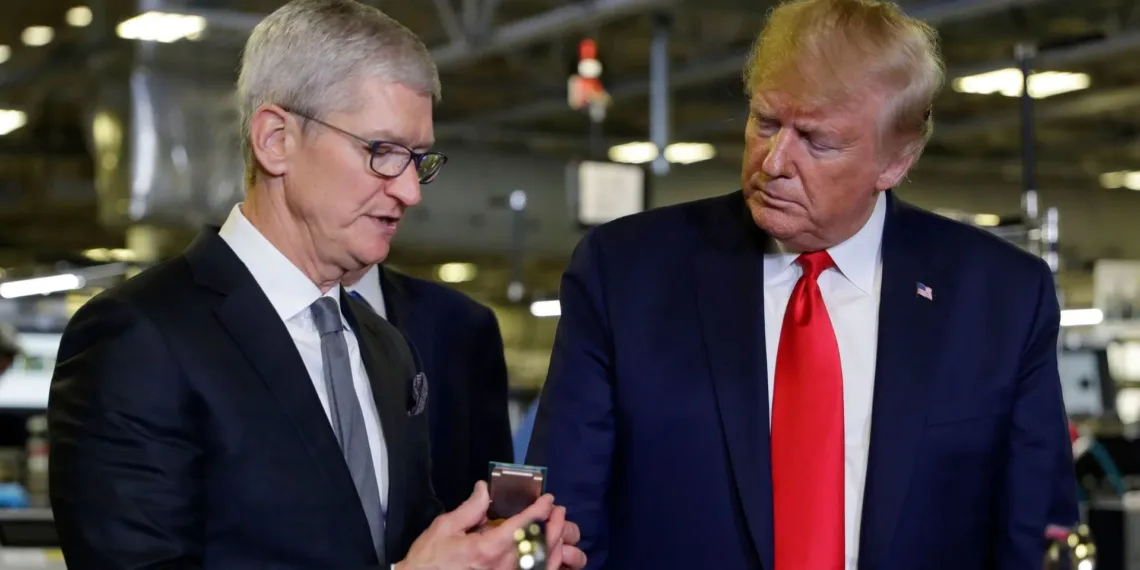In a surprising development, former U.S. President Donald Trump has publicly urged Apple to reconsider its plans to move iPhone production from China to India. This call comes amid ongoing shifts in global manufacturing strategies, as tech companies diversify their supply chains to mitigate risks and tap into emerging markets.
Table of Contents
Trump Urges Apple to Halt iPhone Production Shift to India: What This Means for the Tech Giant and Global Supply Chains
Why Is Apple Moving iPhone Production to India?
Apple’s decision to expand iPhone manufacturing in India is part of a broader strategy to reduce dependence on China, diversify its supply chain, and capitalize on India’s growing smartphone market. The move also aligns with India’s “Make in India” initiative, which encourages global companies to manufacture locally.
India offers several advantages: a large skilled workforce, cost-effective production, and access to a rapidly expanding consumer base. Apple has already ramped up production of several iPhone models in India, including the popular iPhone 14 series, through its manufacturing partners like Foxconn and Wistron.

Trump’s Concerns: Why Does He Want Apple to Stop?
Donald Trump’s appeal to Apple reflects concerns about the economic and geopolitical implications of shifting production away from China. He argues that moving manufacturing jobs out of China could weaken U.S. leverage in trade negotiations and impact American economic interests.
Trump has historically advocated for bringing manufacturing jobs back to the U.S. or maintaining strong production ties with China to protect American workers and industries. His comments highlight the ongoing tension between global supply chain diversification and geopolitical strategy.
What Does This Mean for Apple?
Apple finds itself navigating a complex landscape. On one hand, diversifying production reduces risks associated with geopolitical tensions, tariffs, and supply chain disruptions. On the other, balancing relationships with China, India, and the U.S. requires careful diplomacy and strategic planning.
The company’s move to India is unlikely to be reversed, given the long-term benefits and government incentives. However, Apple will continue to weigh political pressures and market dynamics as it expands its global footprint.

The Bigger Picture: Global Supply Chains in Flux
Apple’s production shift is emblematic of a larger trend among multinational corporations rethinking their supply chains post-pandemic and amid rising geopolitical uncertainties. Countries like India, Vietnam, and Mexico are becoming attractive alternatives to China for manufacturing.
This realignment aims to enhance resilience, reduce costs, and access new markets. However, it also introduces challenges such as infrastructure development, workforce training, and navigating local regulations.
Final Thoughts: Apple’s Balancing Act
Apple’s expansion in India and iPhone Production represents a strategic move to future-proof its supply chain and tap into one of the world’s fastest-growing smartphone markets. While political voices like Donald Trump’s add complexity to the narrative, the tech giant’s focus remains on innovation, efficiency, and meeting global demand.
For consumers and industry watchers, this development signals a new chapter in how technology products are made and where the future of manufacturing lies.








